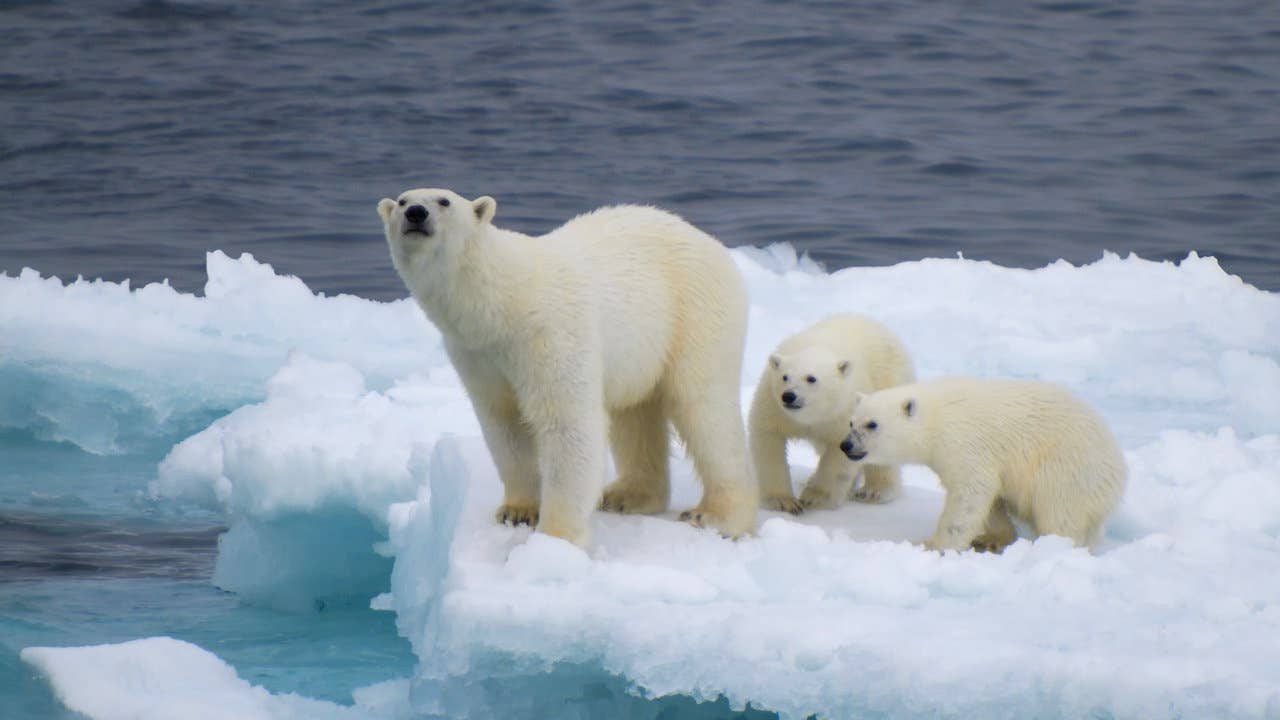Most climate-resistant states in America, ranked

From destructive wildfires to heat waves that stretch the limits of the utility grid to increasingly powerful hurricanes and storms, climate change touches every part of the United States. But some regions are in shape to fare better than others. These are the best and worst states in America for climate change.
2022 climate change statistics
It’s no secret that temperatures across the planet are on the rise. The earth’s temperature has risen by 0.14 degrees Fahrenheit (0.08 degrees Celsius) per decade since 1880, according to the National Oceanic and Atmospheric Administration. But since 1981, the rate of warming has more than doubled. Scientists warn that if we see the planet warm to more than 2 degrees C above pre-industrial levels, we may see catastrophic effects. We’re currently at 1.1 degrees.
As temperatures continue to rise, the result is being felt around the globe. The year 2020 tied with 2016 for the hottest year on record, according to data from NASA. In fact, every year since 2013 has ranked as one of the 10 hottest years ever — and 19 of the world’s warmest years have occurred since 2000.
As the planet gets hotter, we’re seeing other changes, too. Since 1993, sea levels have been rising about twice as fast as they typically do over time, increasing by up to 0.14 inches per year, according to the Environmental Protection Agency. Wildfires are getting more common and more destructive, putting 4.5 million U.S. homes at risk. Researchers warn that 32 million homes may be at risk of hurricane damage.
Best states for climate change
Climate change presents many safety risks across the country, putting both people and homes at risk. Homes and residents in some states are likely to fare better than others as the crisis worsens. These five states are the best prepared for climate change.
Minnesota
While it might be known for its cold winters, Minnesota is well-equipped to handle climate change. That’s partially because of its low risk of floods: Just 3 percent of the state’s population live in 100- or 500-year flood plains, according to data from New York University’s Furman Center. A 2019 New York Times article called Duluth, Minnesota, one of America’s most climate-proof cities, and the state legislature has released a Climate Action Plan that aims to make it carbon neutral by 2050.
Illinois
Like Minnesota, Illinois benefits from its regional placement. The Great Lakes region faces less of a climate threat than coastal areas, and Cook County, Illinois, is a popular destination for climate migrants. Recent legislation in Illinois charts a path for the state to reach 100% clean energy by 2050.
Rhode Island
Despite its location directly on the Atlantic coast, Rhode Island has ambitious climate action plans, including participating in the Regional Greenhouse Gas Initiative (RGGI), which helps reduce reliance on fossil fuels. The state plans to use 100% renewable electricity by 2030 and has implemented programs to address the health effects of climate change as well.
Maine
Another coastal state that outperforms regional expectations, Maine is also a member of RGGI. It has been on the front line with programs to help communities protect against the destruction that climate change can bring. The state is set to produce up to 80 percent of its energy through renewable sources by 2030 and plans to be carbon neutral by 2045.
Wyoming
There is plenty of room in Wyoming to set up a home, and the state has poured money into climate resiliency plans to help address the threat of wildfires and other extreme conditions. Wyoming avoids most flooding risk thanks to its location, and deals with less heat and wildfire risk than many of its western neighbors.
Worst states for climate change
California
While California is a very popular place to buy a home, it unfortunately suffers from just about every climate risk imaginable. It is prone to significant coastal flooding, and it regularly experiences destructive wildfires and debilitating droughts. The state is a policy leader when it comes to addressing climate change, but its conditions make much of California a risk — it’s one of the states people worried about climate change move away from most.
Florida
Much like California, Florida is vulnerable to many of the risks that climate change presents — though the biggest, by far, is flooding. Millions of Florida homes are already at risk of flooding, and it’s getting worse as sea levels rise. Extreme heat and hurricanes also pose major threats to Floridians.
Utah
Utah is in the middle of dealing with significant droughts that have caused much of its famous Great Salt Lake to dry up, reaching its lowest level on record and leaving the state on the brink of an ecological disaster. Heat and drought are the biggest risk factors the state faces, and it has recently been experiencing the highest temperatures in its history.
South Carolina
When it comes to extreme weather, South Carolina is among the states that get hit hardest. It averages about 26 tornadoes per year and is regularly in the path of hurricanes along the Atlantic coast. Heat and coastal flooding are also issues.
Texas
There is almost no climate change risk that Texas is exempt from. The state has become increasingly drought prone and suffers extreme heat waves that push its power grid to the brink. Texas has also seen an increase in wildfires in recent years.
Methodology
States were ranked by analyzing their susceptibility to the conditions brought about or worsened by climate change, including drought, floods, wildfires, storms and other extreme weather conditions. The number of existing threats, as well as the likelihood of conditions worsening, was taken into account. Each state’s response to climate change, including plans for mitigating risk, addressing emissions and building resilient infrastructure were also taken into consideration.
What makes a city more or less resistant to climate change?
Resistance to climate change requires considering a number of factors. The first is location: Is the city in a setting that limits its exposure to danger? Cities that border bodies of water are at higher risk of flooding, erosion and rising sea levels, while cities located near dense forests or dry areas risk damage from wildfires. And the risk to communities in Tornado Alley is self-evident.
How a community is constructed can affect the level of risk. Cities with lots of urban sprawl, for instance, often suffer more from the effects of extreme heat. ones that are designed with dams and drainage systems may be able to better defend against flooding. Individual homes can be built to withstand climate-related disasters as well.
Cities can also utilize technology to combat encroaching threats. Thermal detection, for example, allows firefighters to combat wildfires at night, a period during which they would otherwise struggle to control the burn. Well-engineered sea walls can defend against rising sea levels and storm surges brought by hurricanes. Something as simple as rooftop gardens and parks can help mitigate heat waves in urban areas, while heat pumps can cool buildings with considerably less energy than traditional air conditioning.
FAQs
Why we ask for feedback Your feedback helps us improve our content and services. It takes less than a minute to complete.
Your responses are anonymous and will only be used for improving our website.






